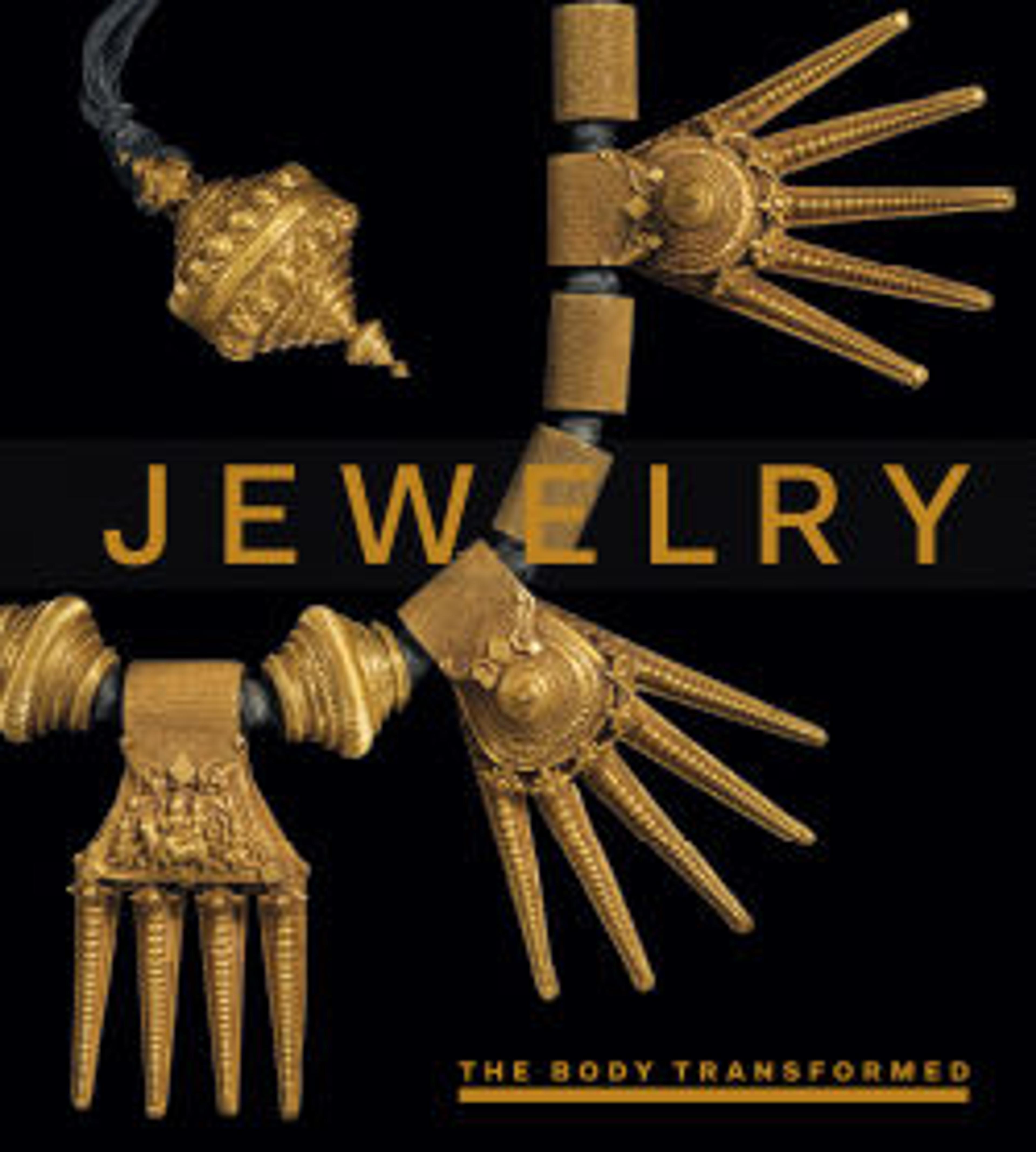Celestial dancer (Devata)
Restituted
This artwork was restituted in March 2023. It is no longer in the museum’s collection.The Hindu temple is conceived as a heavenly abode for the presiding deity. The building's stepped, indented, and towering exterior evokes the mountains of Indra's heavens, home to the assembly of gods as well as celestial beauties, dancers, and musicians. This life-size sandstone sculpture is an extraordinary rending of a heavenly celebrant performing in honor of the gods. The dancer's face and body are treated according to prescribed canons of beauty. Her body is contorted in an improbably pose, her legs projecting to her right while her upper torso and head turn sharply left. The extreme flexion reflects dance positions (karunas and sthanas) described in the Natyasastra, an ancient dramatic arts treatise. It is understood in Indian aesthetics that such positions enhance the appreciation of beauty.
Artwork Details
- Title: Celestial dancer (Devata)
- Period: Chandela period
- Date: mid-11th century
- Culture: Central India, Madhya Pradesh
- Medium: Sandstone
- Dimensions: H. 34 3/4 in. (88.3 cm); W. 20 in.(50.8 cm); D. 12 1/2 in. (31.8 cm)
- Classification: Sculpture
- Credit Line: Gift of Florence and Herbert Irving, 2015
- Curatorial Department: Asian Art
More Artwork
Research Resources
The Met provides unparalleled resources for research and welcomes an international community of students and scholars. The Met's Open Access API is where creators and researchers can connect to the The Met collection. Open Access data and public domain images are available for unrestricted commercial and noncommercial use without permission or fee.
To request images under copyright and other restrictions, please use this Image Request form.
Feedback
We continue to research and examine historical and cultural context for objects in The Met collection. If you have comments or questions about this object record, please complete and submit this form. The Museum looks forward to receiving your comments.
